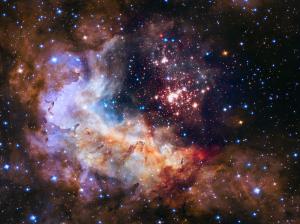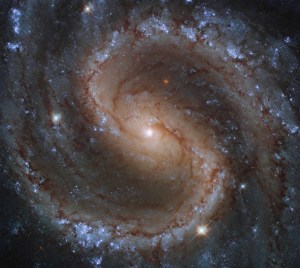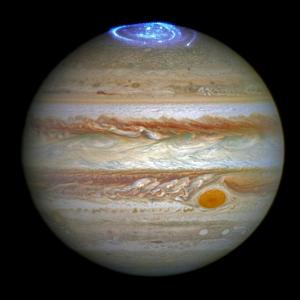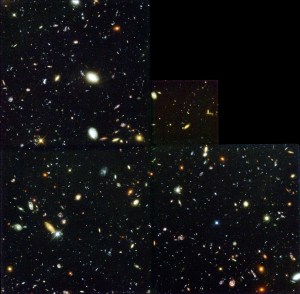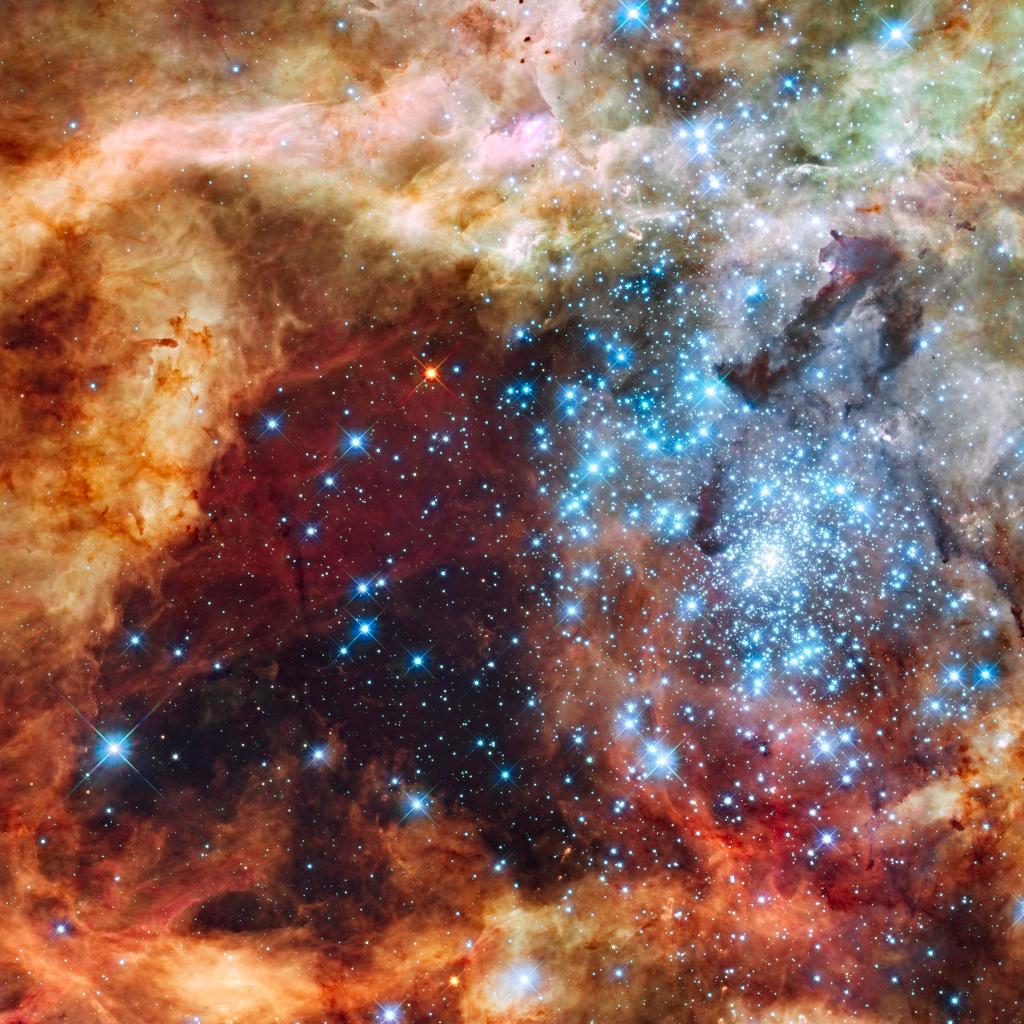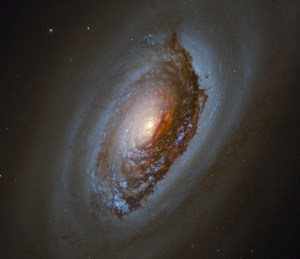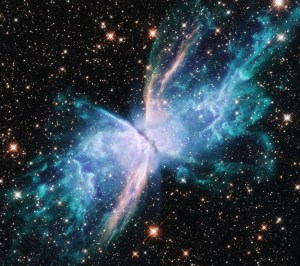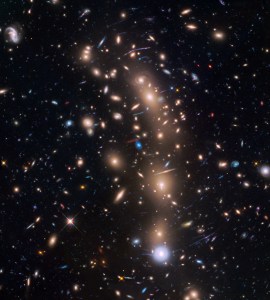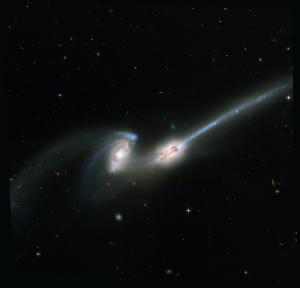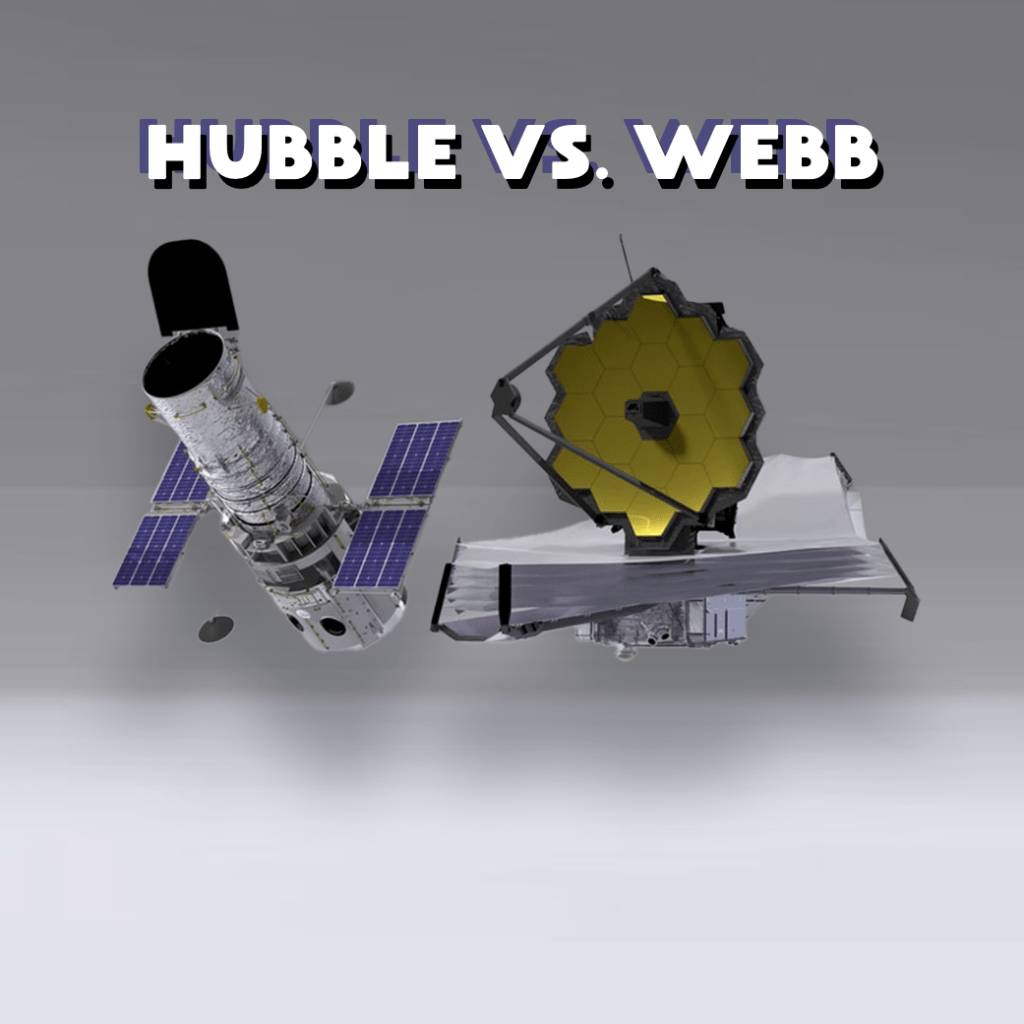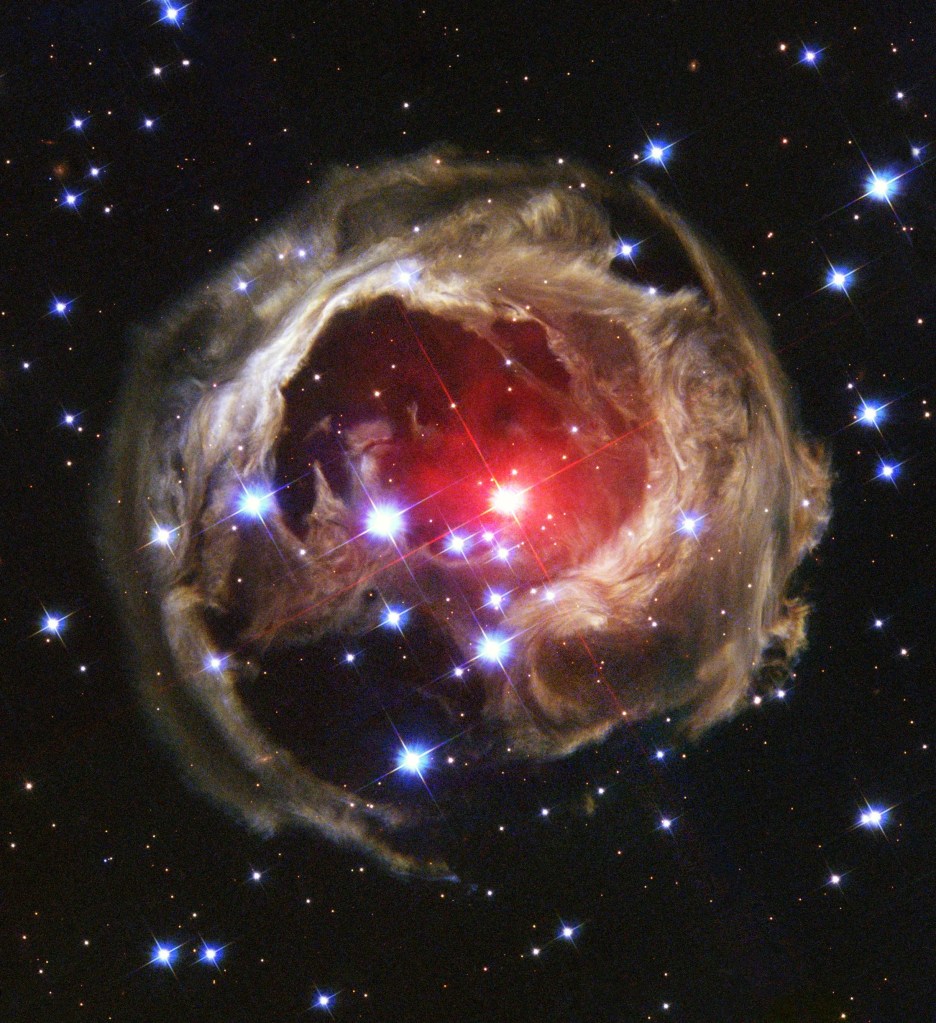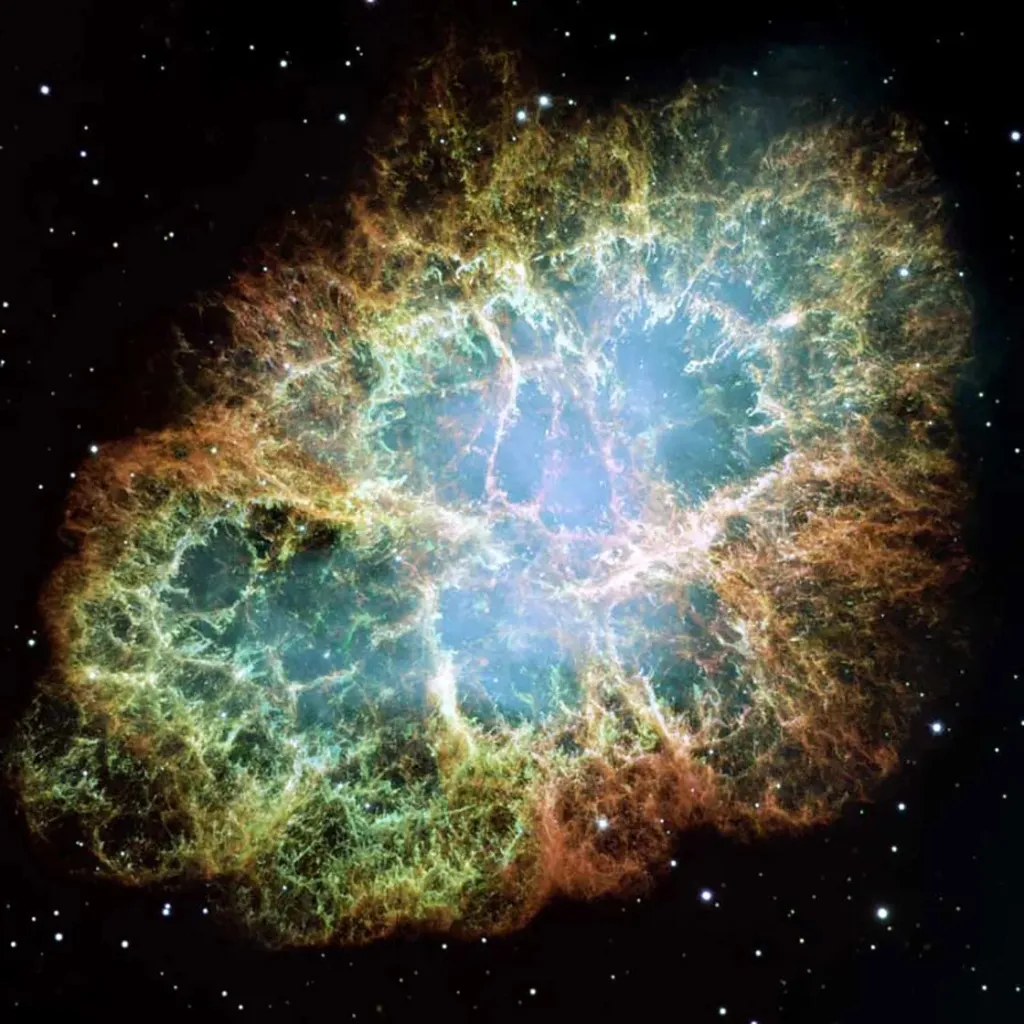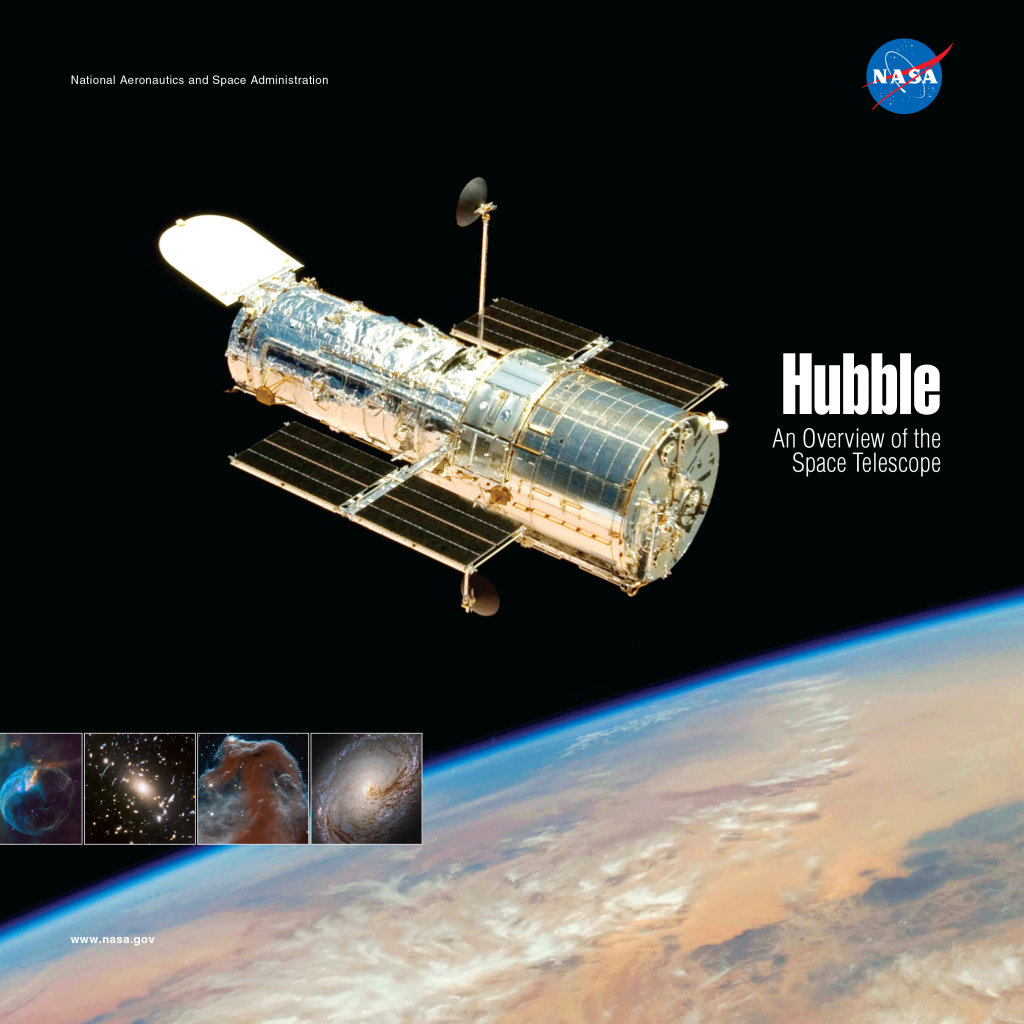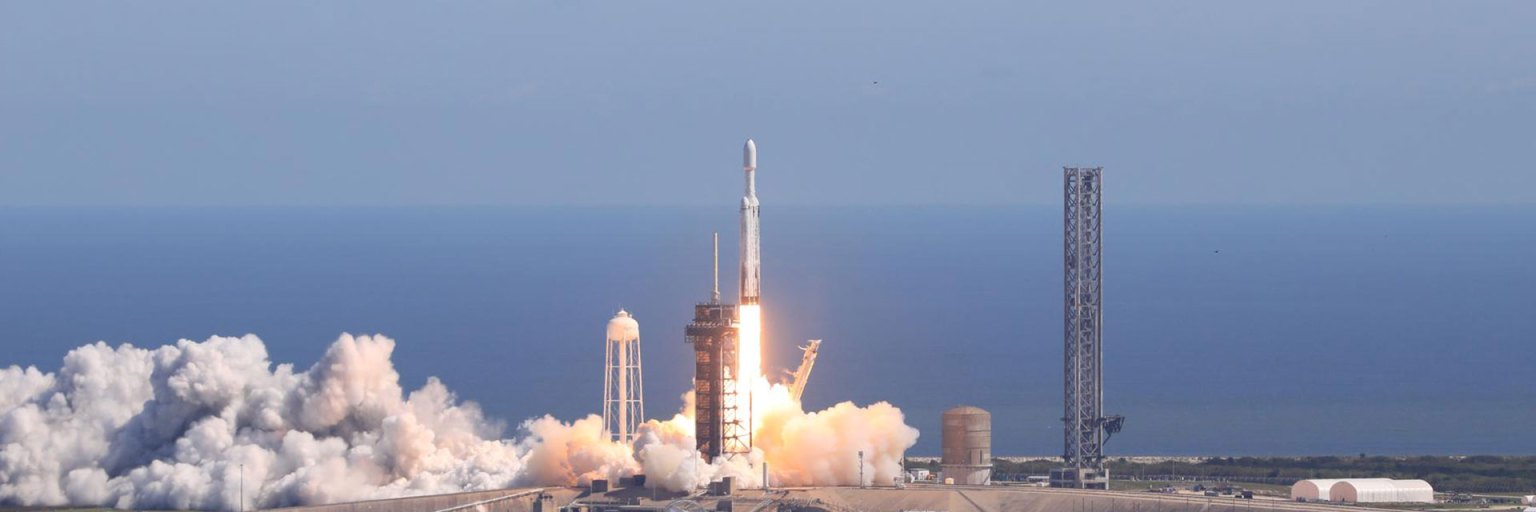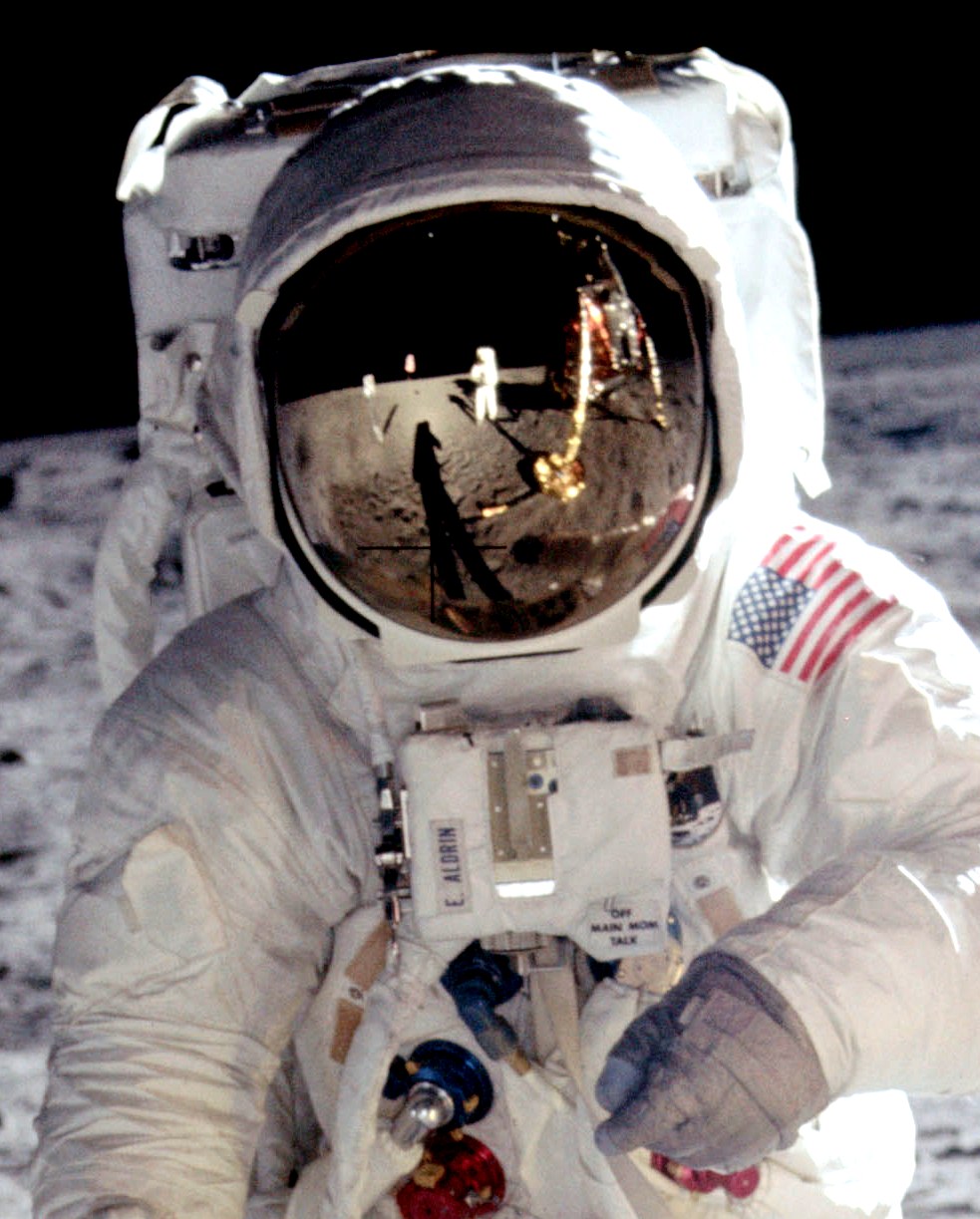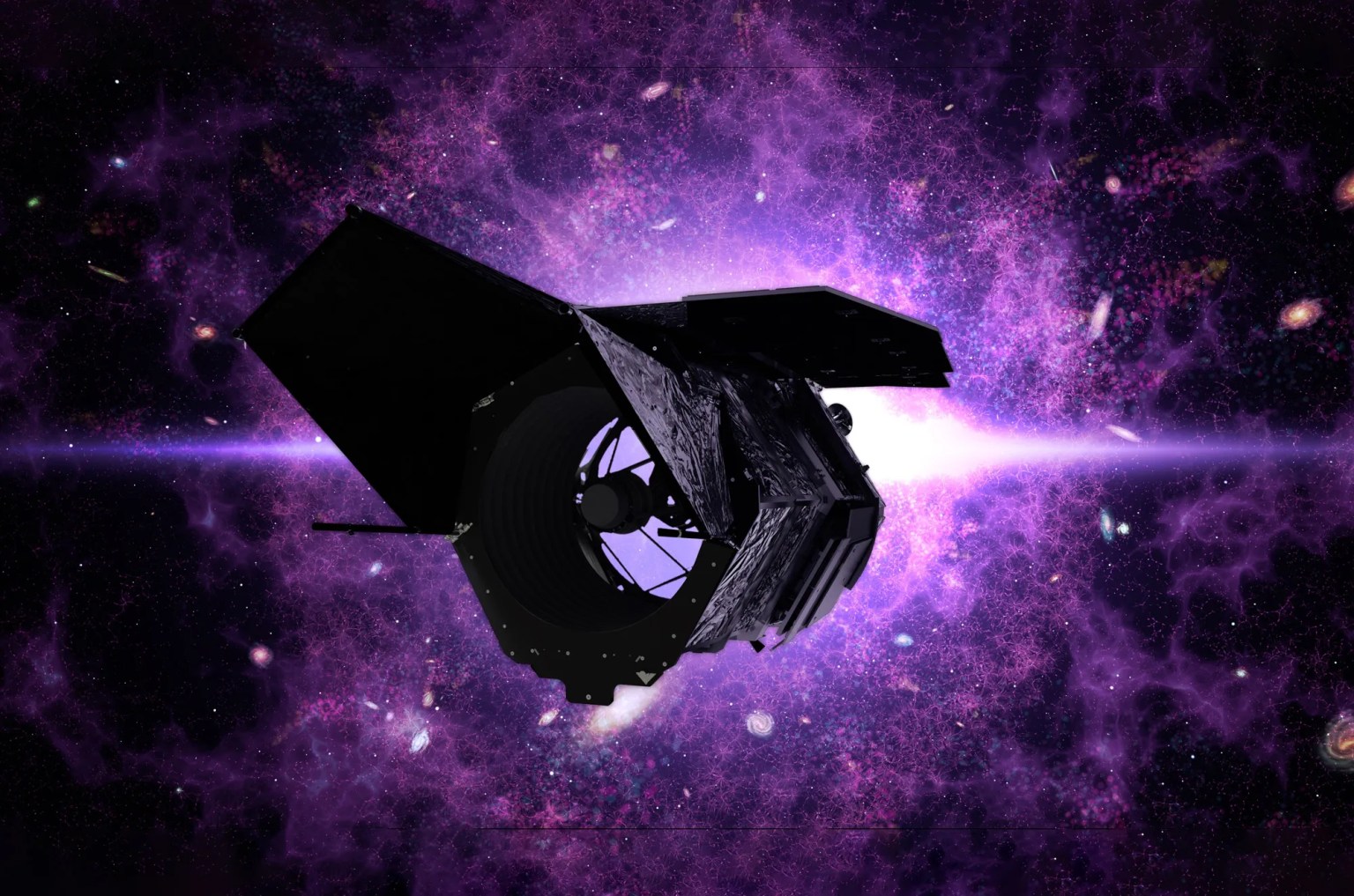Hubble Space Telescope
Since its 1990 launch, the Hubble Space Telescope has changed our fundamental understanding of the universe.
Night Sky Observing Challenge
Hubble observations
Ciencia Hubble

Celebrating 35 Years of Discovery
NASA's Hubble Space Telescope began its groundbreaking mission in 1990, forever changing the way we understand our universe. Thirty-five years later, Hubble’s science continues to inspire. Join the celebration!
Learn More
Hubble's Latest Features
What Did Hubble See on Your Birthday?
Hubble explores the universe 24 hours a day, 7 days a week. That means it has observed some fascinating cosmic wonder every day of the year, including on your birthday.
Check Out Your Birthday! about What Did Hubble See on Your Birthday?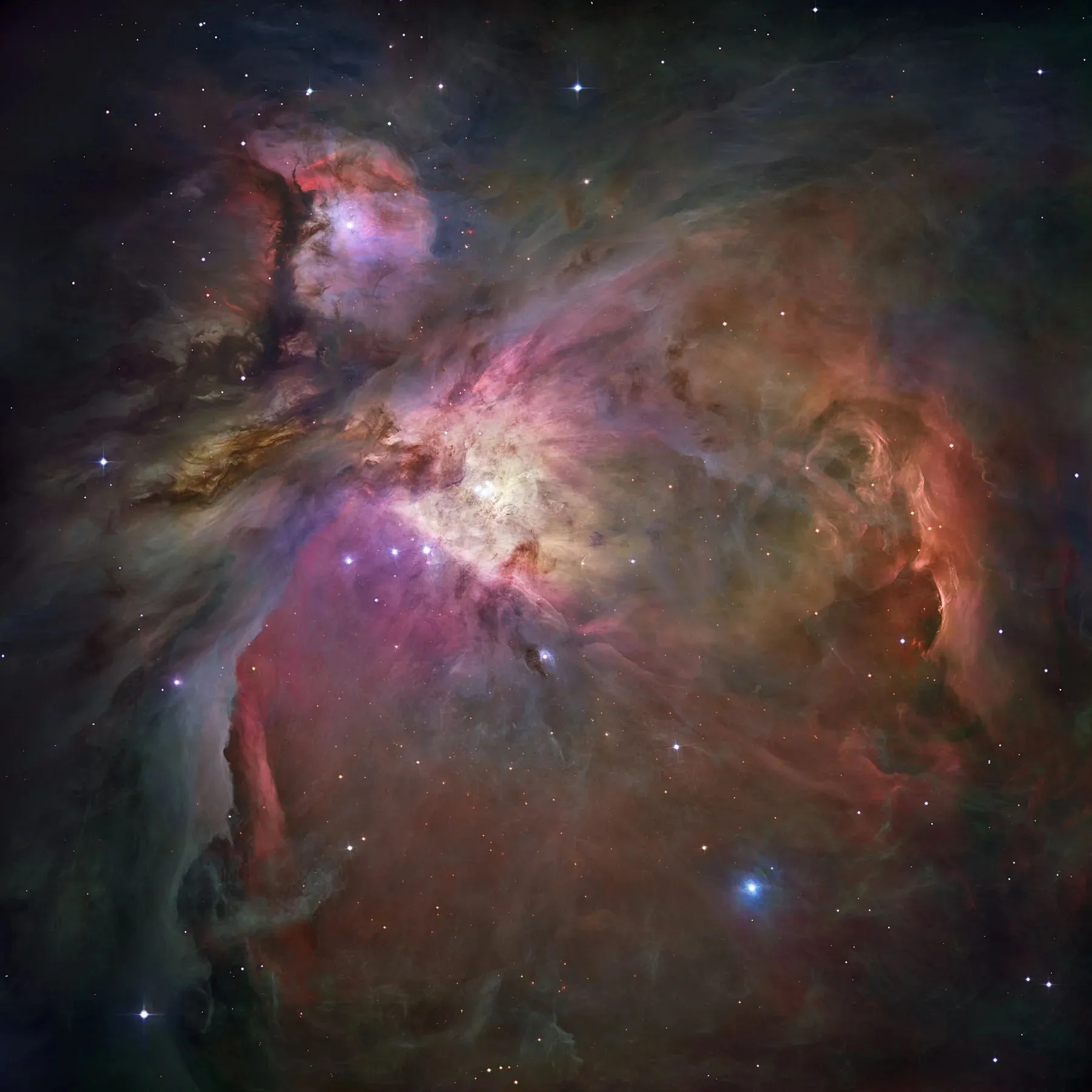
More Hubble Online Activities
Celebrating 35 Years of Discovery
Hubble's Night Sky Observing Challenge
Celebrate 35 years of Hubble observations with our yearlong stargazing adventure!
Each month in 2025, the Hubble team will release a new set of objects for you to explore. Compare your view to Hubble’s, then submit your observations to the Astronomical League to earn recognition for your achievement.
Join the celebration about Hubble's Night Sky Observing Challenge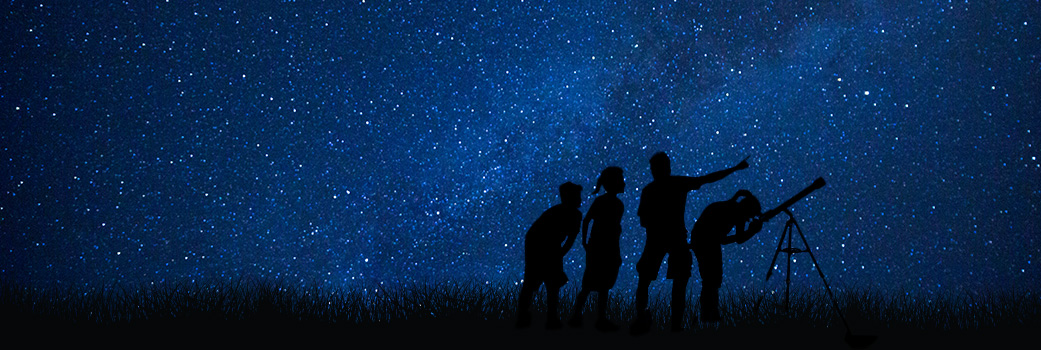
As NASA Missions Study Interstellar Comet, Hubble Makes Size Estimate
A team of astronomers has taken the sharpest-ever picture of the unexpected interstellar comet 3I/ATLAS using the crisp vision of…
Read the Story
27 Key Images in Hubble History
As the Hubble Space Telescope marks 35 years in space, NASA's History Office looks back at its journey.
Learn More
Hubble’s Universe
Hubble Images
























































